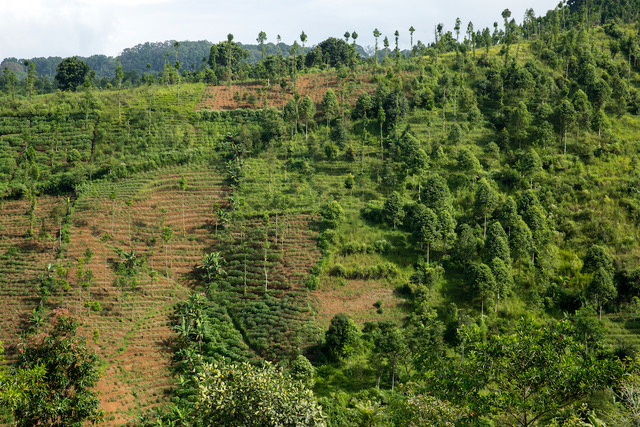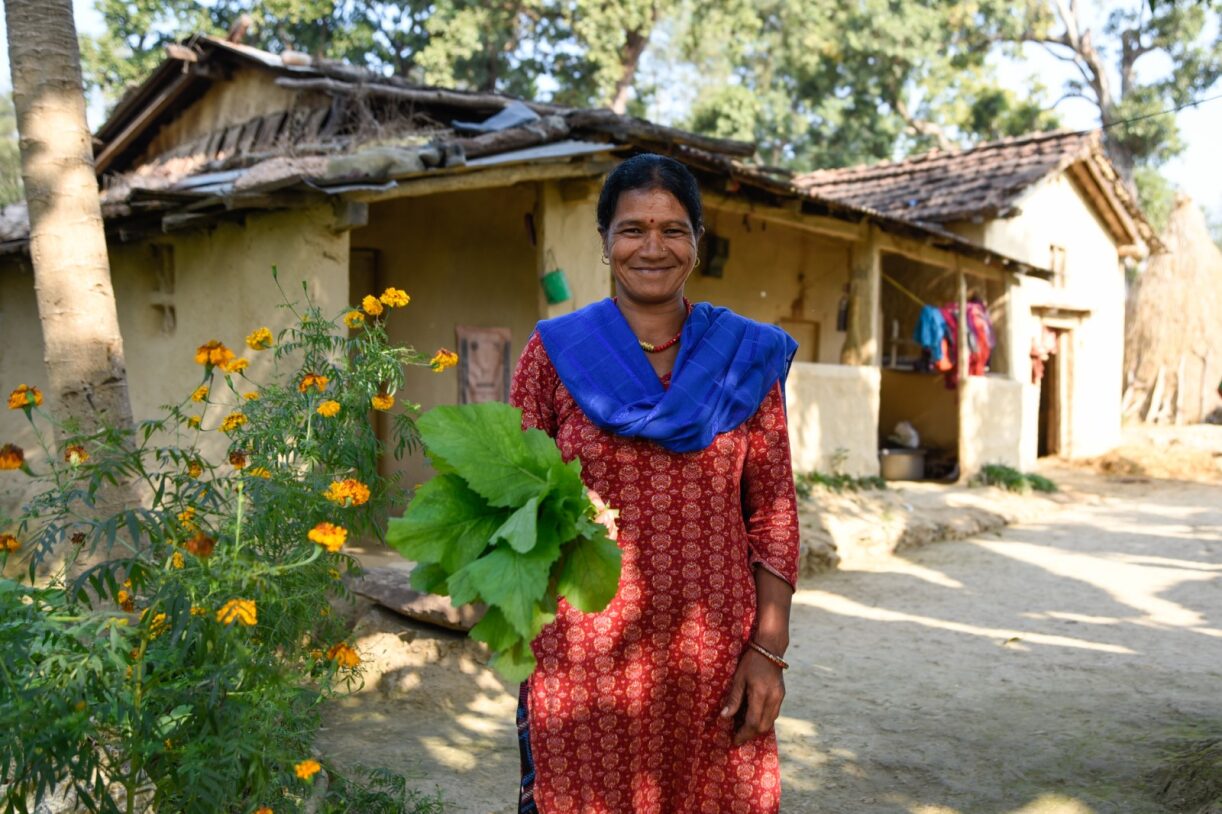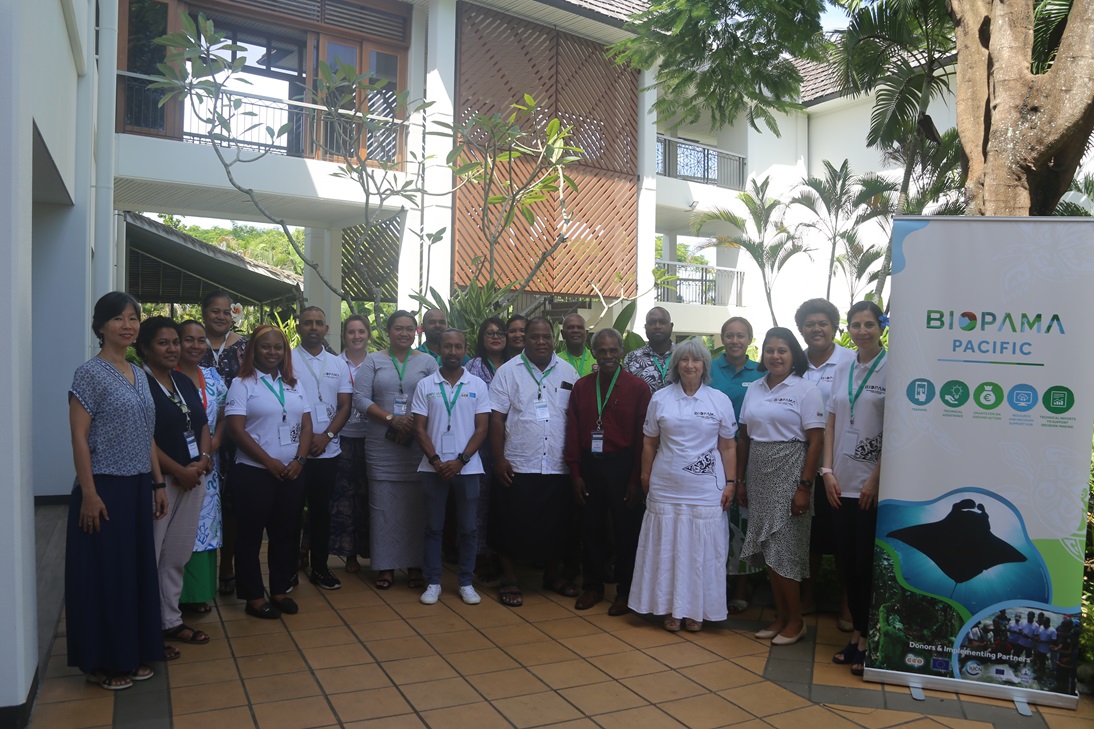Restoration, land tenure, conflict, and opportunities in peacebuilding: 15 best practices for restoration in contexts of land tenure-related conflict
CEESP News: Alexandra Eisinger1
Addressing land tenure and property rights is instrumental to delivering successful restoration outcomes, yet existing modalities do not adequately support tenure-responsive programming to address conflict, avoid doing harm, and be a conduit for peacebuilding. Conservation International has developed a report to explain these challenges and optimize opportunities.

The international conservation community is enabling political commitments by leveraging restoration as a high-potential and scalable strategy to mitigate climate change and protect biodiversity. Pervasive tenure insecurity and inadequate recognition of land tenure dimensions, including conflict, prevent these commitments from being translated into action and producing substantial ecological and human wellbeing impacts. Although research and institutional policies supporting the inclusion of Indigenous peoples and local communities’ land tenure considerations are emerging, there is still a gap in guidance on best practices and the realization of these practices on the ground.
The report titled “Restoration, Land Tenure, Conflict, and Opportunities in Peacebuilding: 15 best practices for restoration in contexts of land tenure-related conflict" responds to this knowledge gap by providing guidance on restoration’s challenges and opportunities based on a review of the literature. The report uses a conflict sensitivity and environmental peacebuilding lens to promote the prioritization of land tenure and conflict dimensions. Given the complexity of restoration contexts, best practices for new and existing restoration projects spur processes rather than direct outputs. This post outlines key findings and resounding lessons from the report.
The triple nexus of tenure systems, conflict, and restoration introduces complexities. Inequalities can manifest in the unequal distribution of land-derived benefits and burdens, including land access, tenure, control, quality, and the monetary and nonmonetary benefits. Political influence, legal frameworks, and economic factors are the root causes of environmental conflicts. Tenure insecurity and conflict increase the vulnerability of lands governed by Indigenous peoples and local communities to external pressures while limiting the abilities of inhabitants to sustainably self-govern these areas, meet their livelihood needs, and pursue self-defined priorities.
Land tenure and property rights-related conflict can negatively affect restoration, while restoration can contribute to conflict. Local political dynamics, which can hinder the recognition of customary rights and relationships to land, reduce community autonomy over their land, and increase inequalities, can determine the beneficiaries of restoration initiatives. Conservation organizations are increasingly weighing the distributive, procedural, recognition, and intergenerational environmental justice implications of initiatives to improve ethics and reduce the likelihood of conflict. Land tenure contexts (ownership categories including state, private, and collective areas; the presence of ownership/recognition disputes; traditional versus formal tenure; tenure (in)security; and governance (in)stability) pose various limitations on and opportunities for possible restoration interventions. On the other hand, restoration interventions (plantations, agroforestry, applied nucleation, assisted natural regeneration, and natural regeneration) can have positive and negative impacts on land tenure and property rights (LTPR).
Restoration projects can adopt the best practice of formulating a land rights-based strategy based on stakeholder, conflict, and peacebuilding potential assessments by analyzing potential interventions that recognize, actualize, or formalize land rights. Resources exist to guide strategy creation. The Land Rights Standard and the Human Rights & Land Navigator, based on the Voluntary Guidelines on the Responsible Governance of Tenure (VGGT), link LTPR to international human rights law and the aspirations of Indigenous peoples and local communities. Decision-making regarding the formalization of community land rights should consider the rules guiding local tenure systems to prevent reinforcing expropriation of customary forests or gender inequalities. Communities may have more rights, access, and security through customary tenure systems than formal property rights. An important consideration in understanding the ecological effects of rights-based interventions is whether communities have a cohesive perspective on how the land should look in the future. Examining how responsibility can be ascribed to rightsholders and blending the construct of property with ecological principles and social values can be part of the strategy.
There are no panaceas to land tenure-related debates in restoration, but, given the overlap of priority restoration areas, inhabitants, and LTPR conflicts, LTPR considerations are worth exploring for the sake of sustainability and promoting peace. If you are interested in discussing the report, please contact Alexandra Eisinger, Conservation International's (CI) Center for Communities and Conservation Intern. If you are interested in learning more about CI’s efforts in conflict and peace, please contact Nora Moraga-Lewy, Manager, Peace and Conflict Resolution.
1Inclusive Partnerships for Sustainable Conservation Intern at Conservation International and CEESP member



